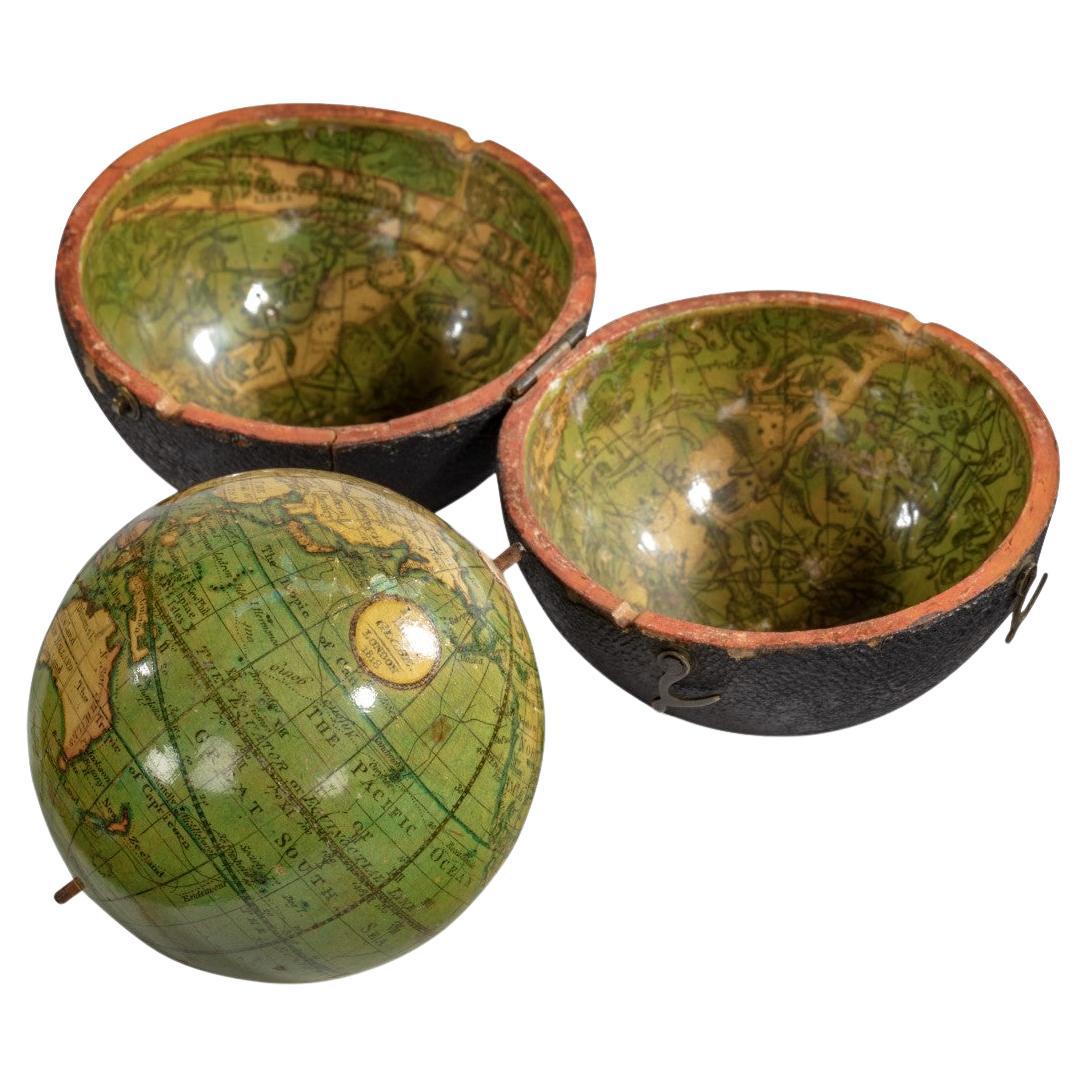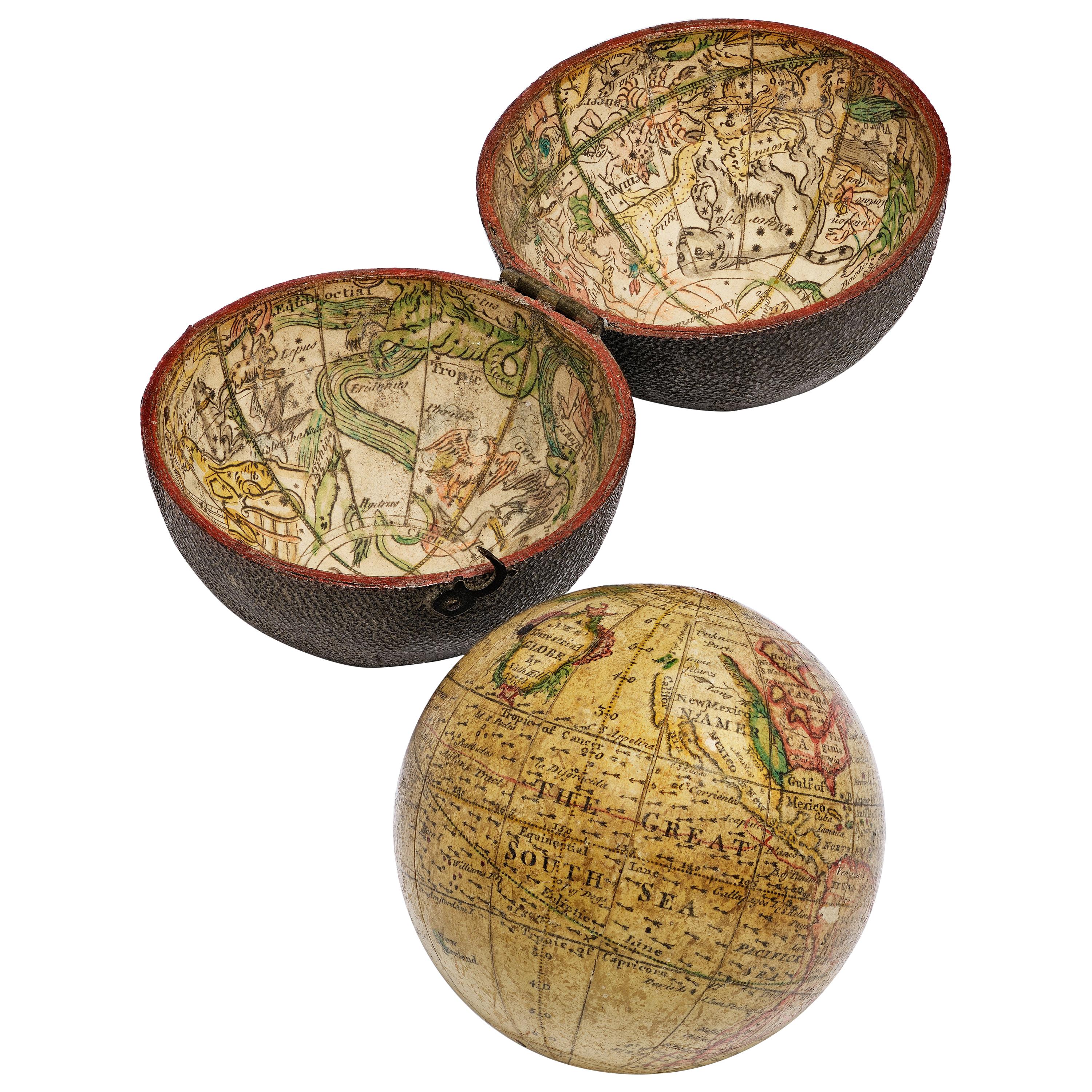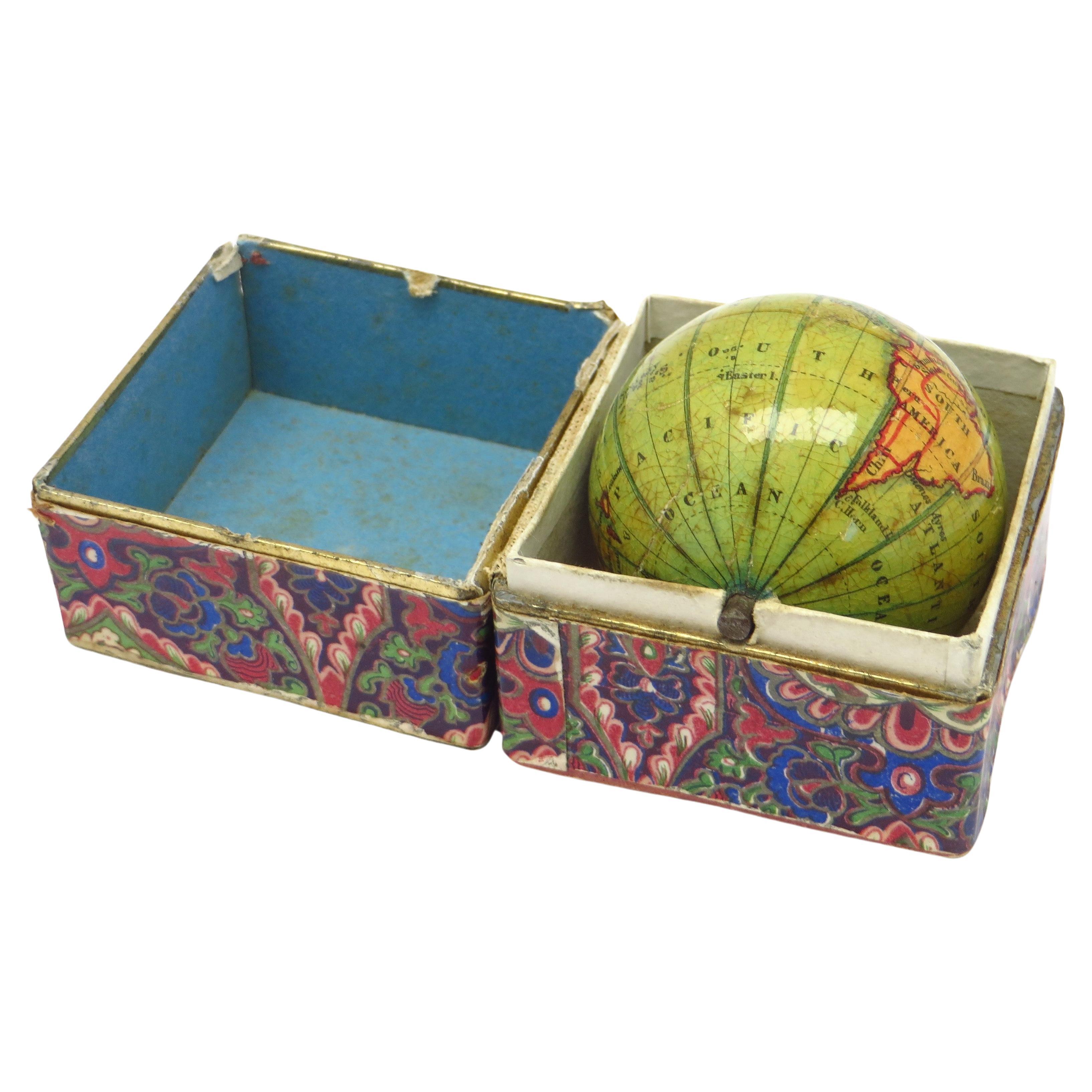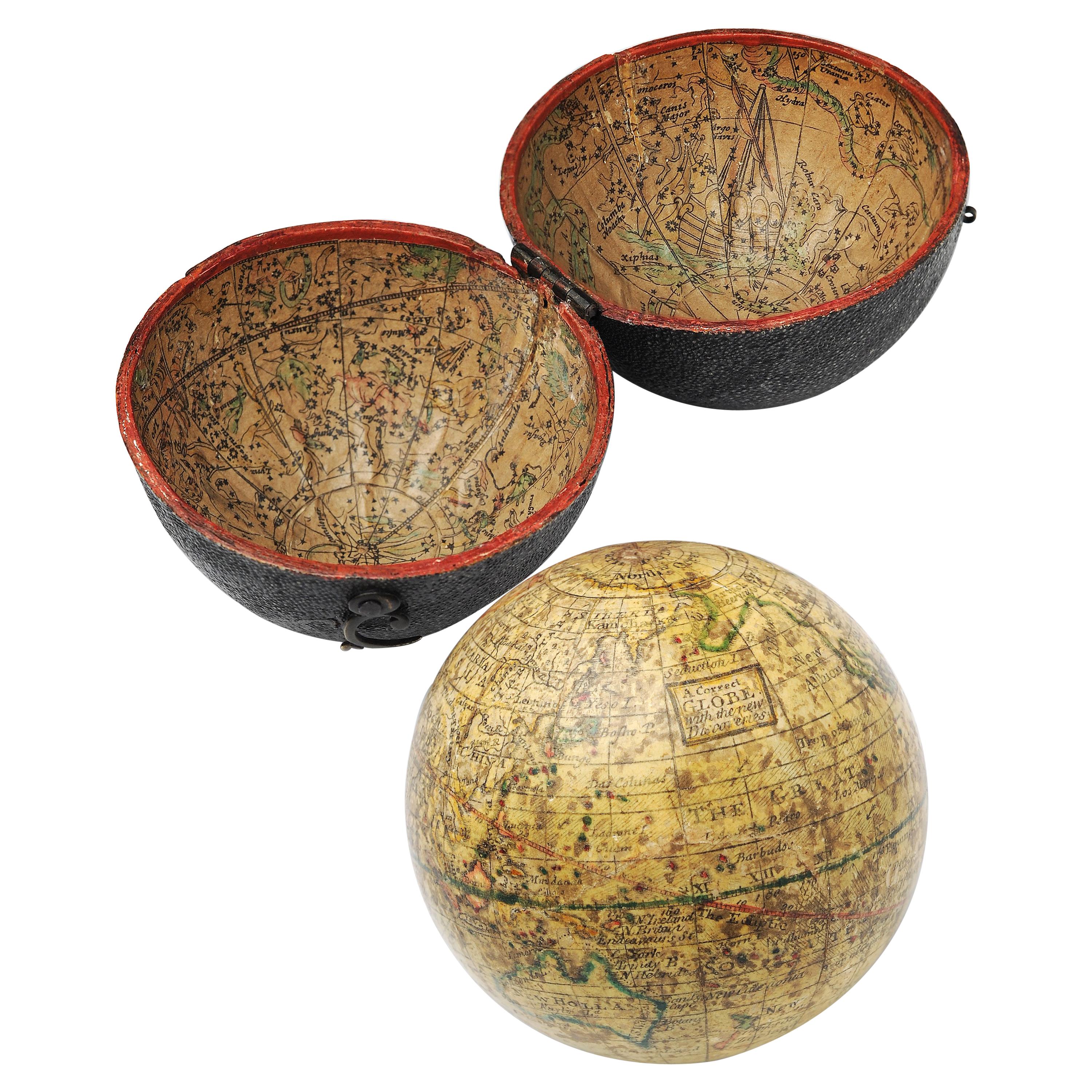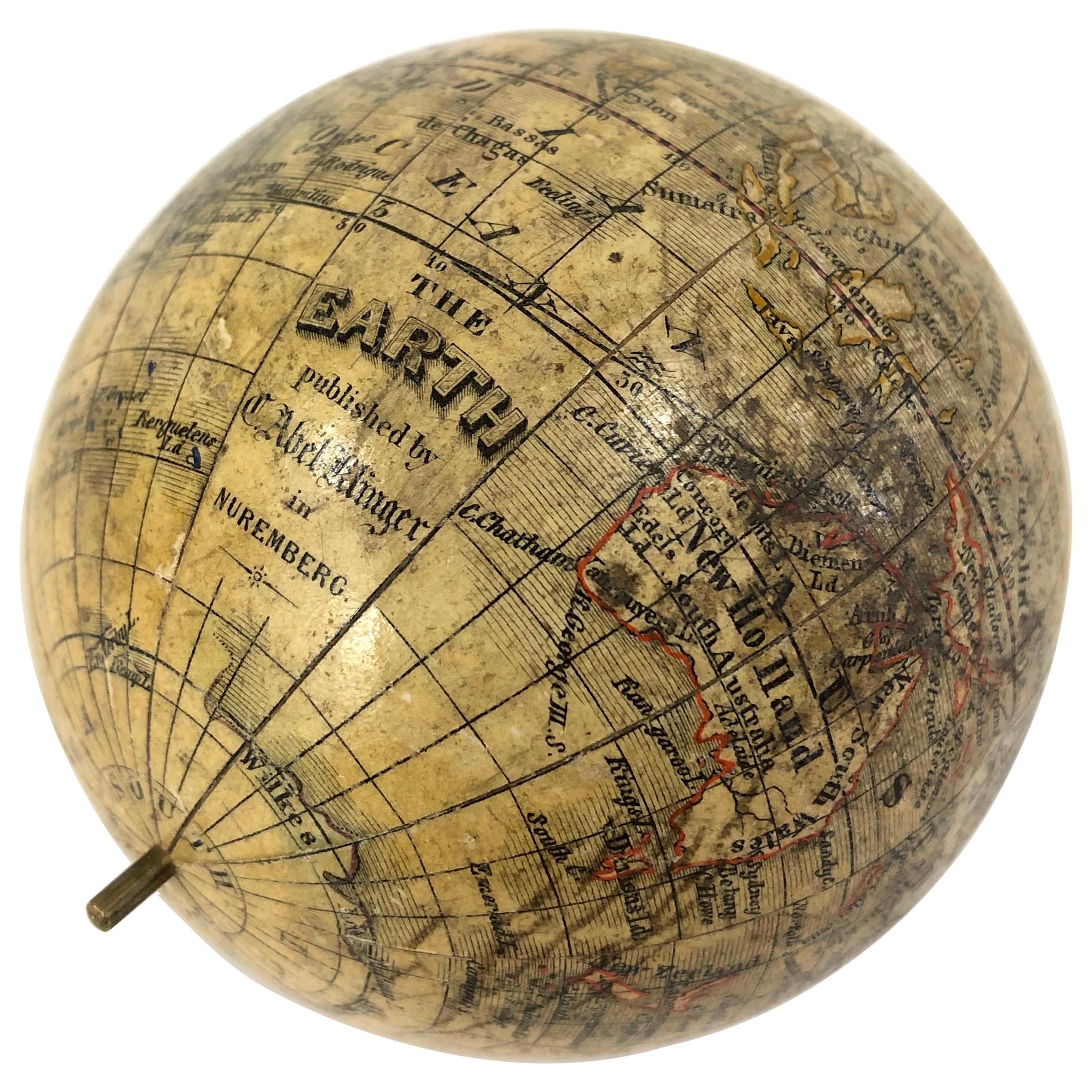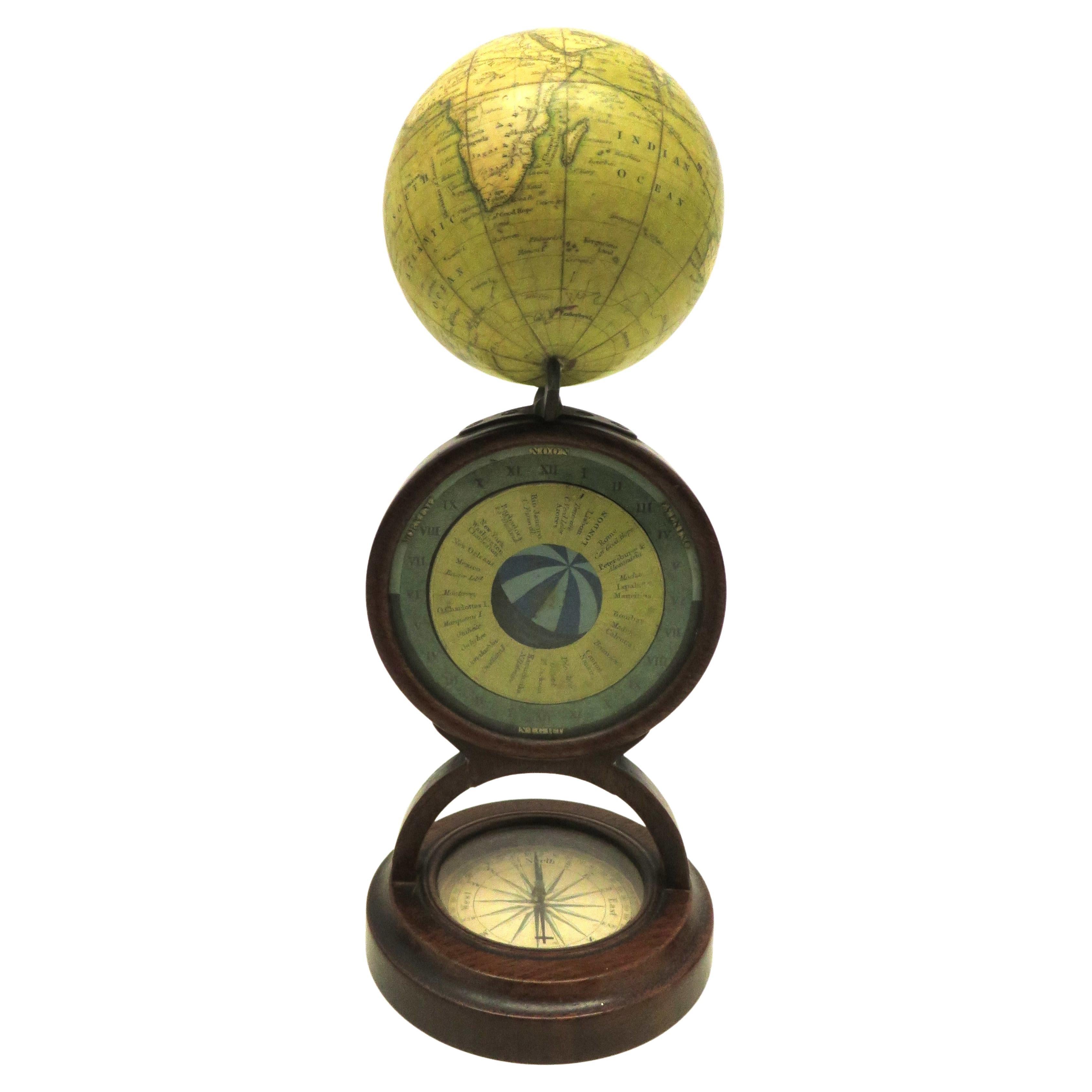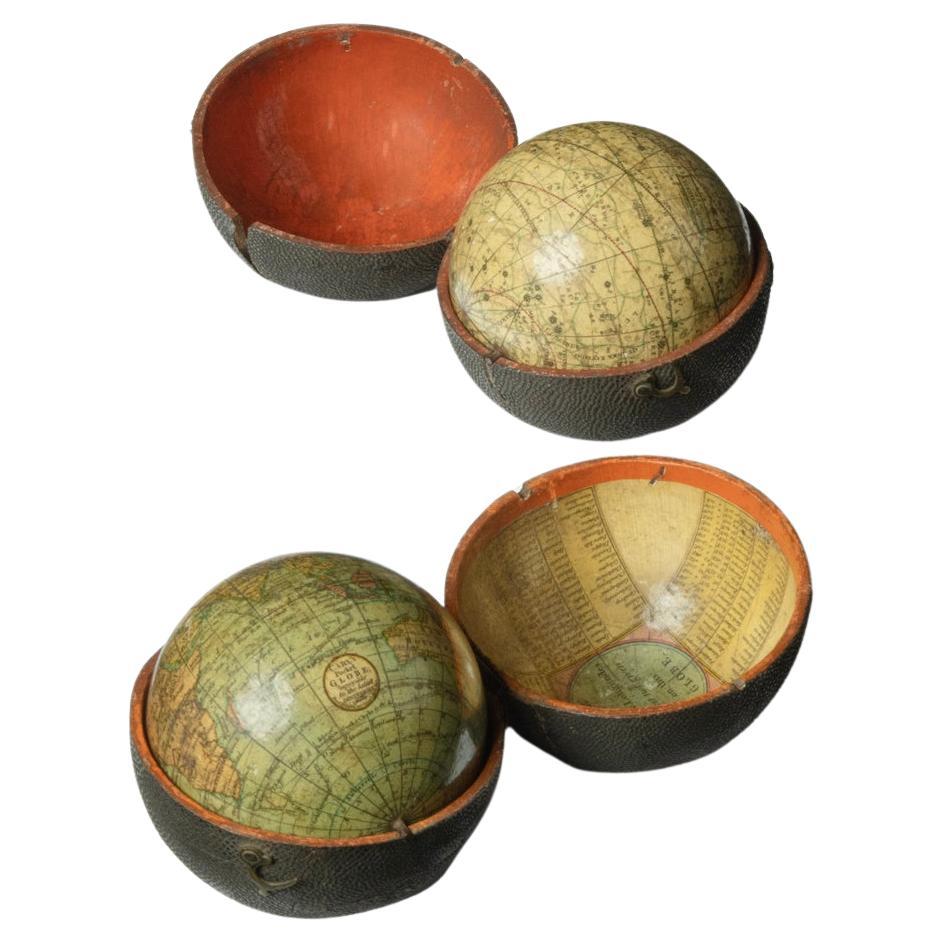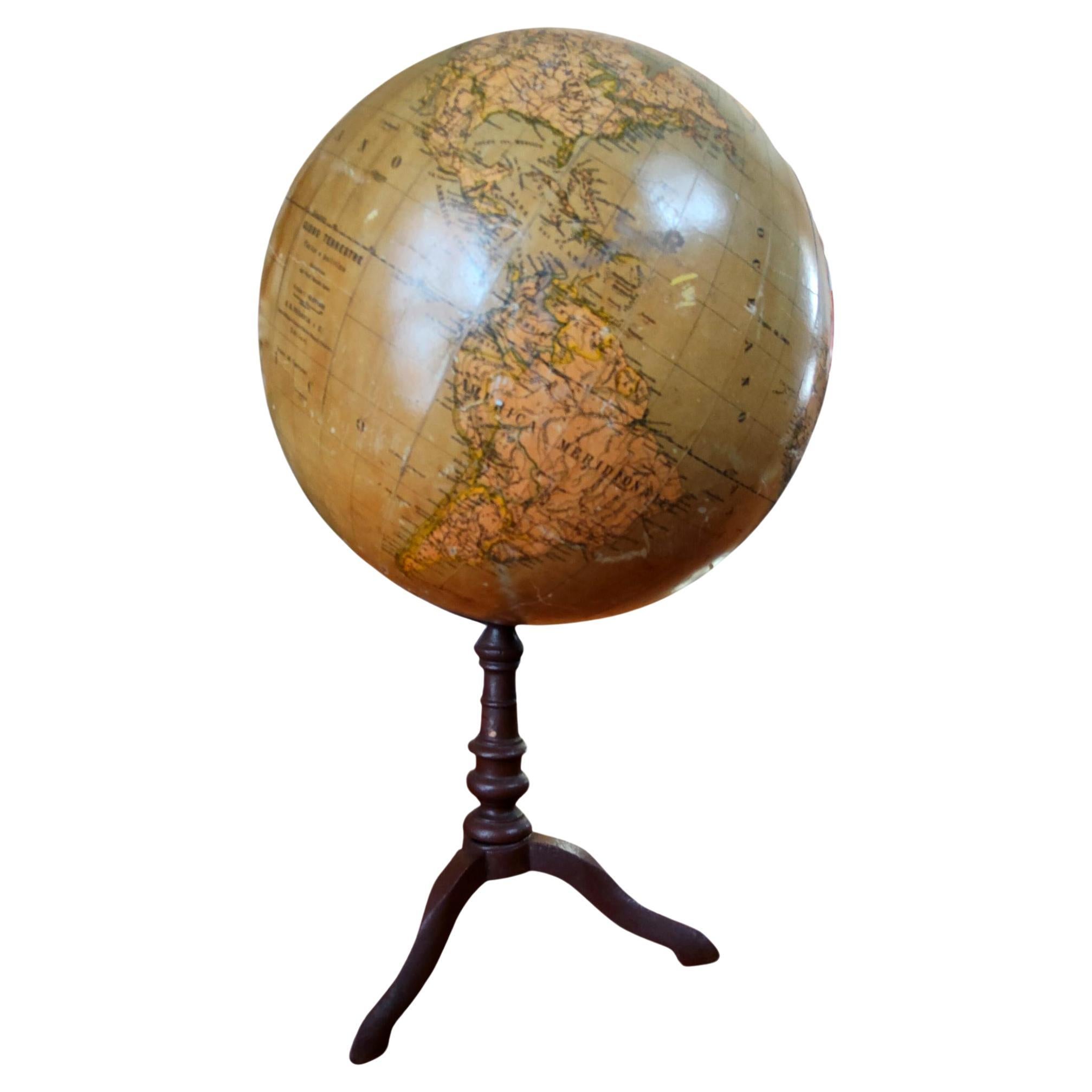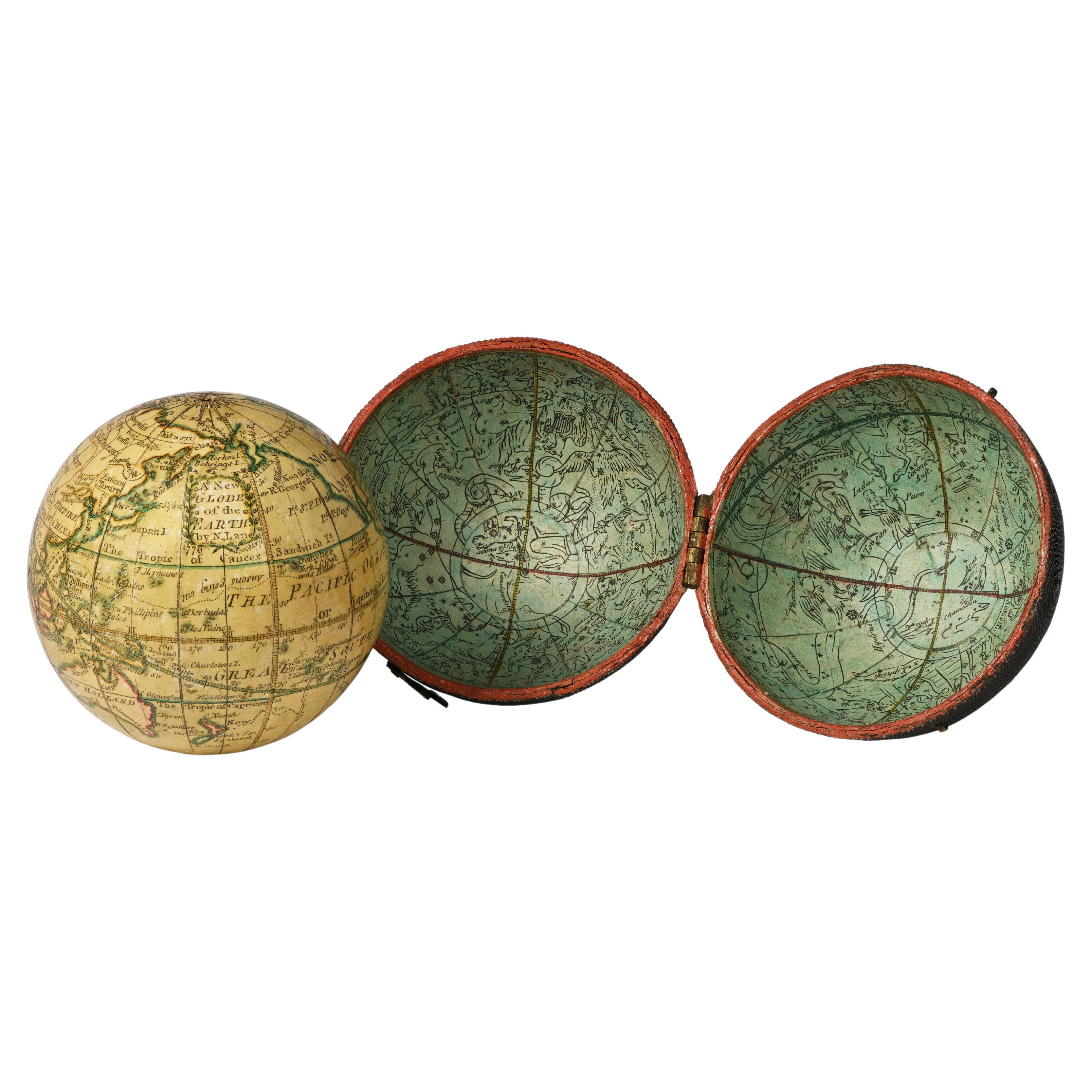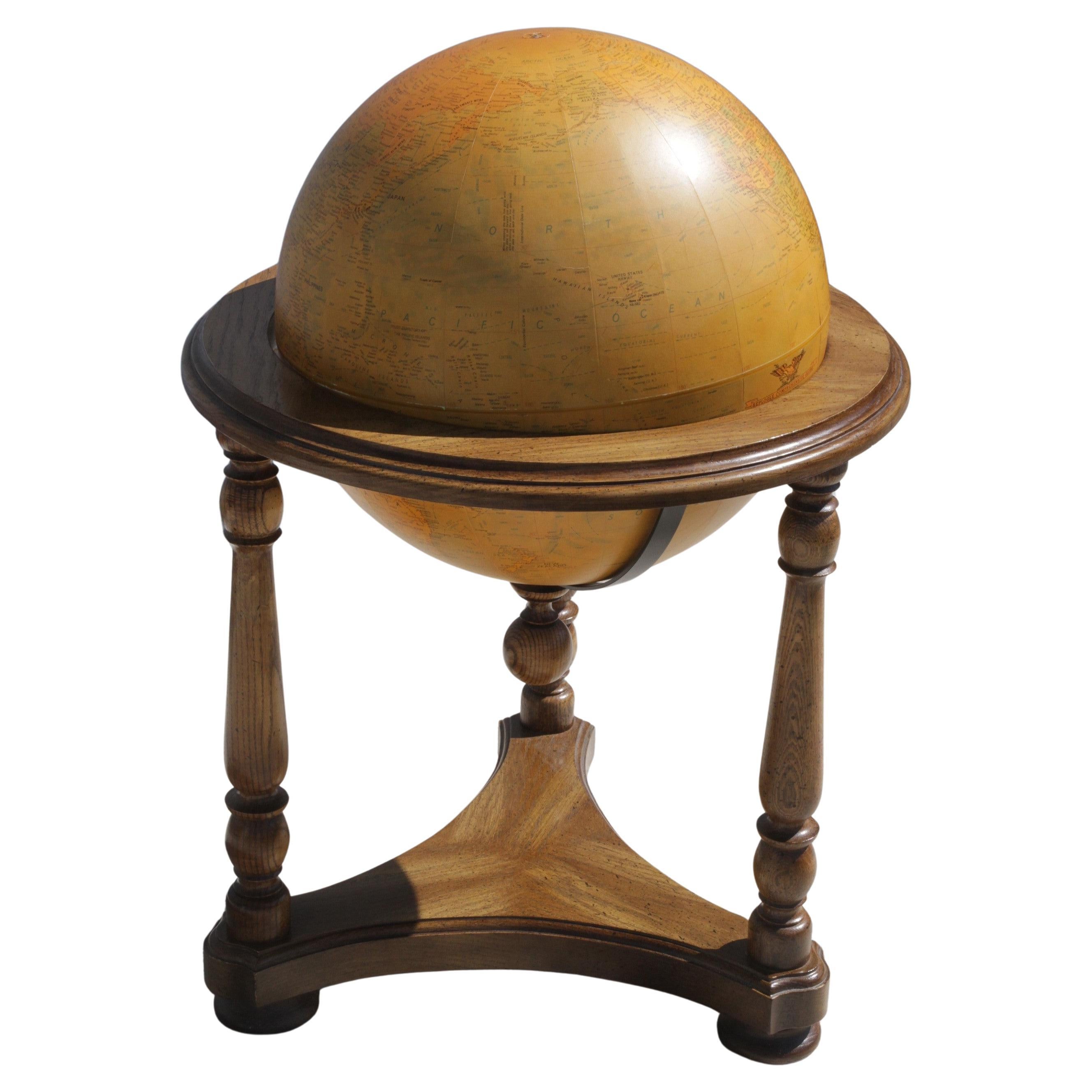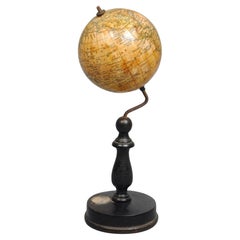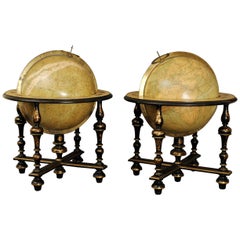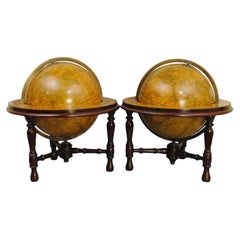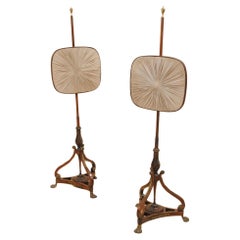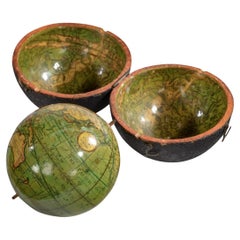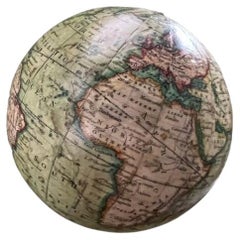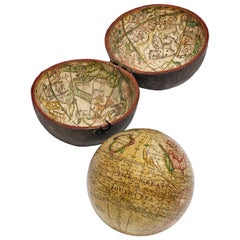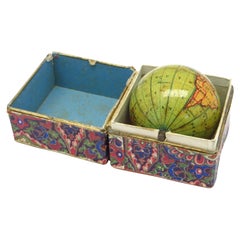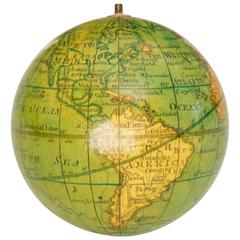
Lane Pocket Globe
View Similar Items
Want more images or videos?
Request additional images or videos from the seller
1 of 6
Lane Pocket Globe
$8,052.03List Price
About the Item
- Dimensions:Height: 0.1 in (2.54 mm)Width: 0.1 in (2.54 mm)Depth: 0.1 in (2.54 mm)
- Place of Origin:
- Period:
- Date of Manufacture:1809
- Condition:
- Seller Location:Lincolnshire, GB
- Reference Number:1stDibs: LU91763220082
About the Seller
5.0
Vetted Professional Seller
Every seller passes strict standards for authenticity and reliability
Established in 1972
1stDibs seller since 2011
38 sales on 1stDibs
Associations
The British Antique Dealers' AssociationLAPADA - The Association of Arts & Antiques Dealers
Authenticity Guarantee
In the unlikely event there’s an issue with an item’s authenticity, contact us within 1 year for a full refund. DetailsMoney-Back Guarantee
If your item is not as described, is damaged in transit, or does not arrive, contact us within 7 days for a full refund. Details24-Hour Cancellation
You have a 24-hour grace period in which to reconsider your purchase, with no questions asked.Vetted Professional Sellers
Our world-class sellers must adhere to strict standards for service and quality, maintaining the integrity of our listings.Price-Match Guarantee
If you find that a seller listed the same item for a lower price elsewhere, we’ll match it.Trusted Global Delivery
Our best-in-class carrier network provides specialized shipping options worldwide, including custom delivery.More From This Seller
View AllGerman 4" Miniature Globe On Stand
Located in Lincolnshire, GB
A late 19th century German miniature globe on ebonised stand with a compass set in the base.
Category
Antique Late 19th Century German Globes
Materials
Ebony
Superb Pair of Delamarche Table Globes
Located in Lincolnshire, GB
A wonderful pair of 19th century table globes by Mansion Delamarche Paris, in superb original condition. The 12" globes in the original lacquered and gilt decorated stands.
Category
Antique 1860s French Globes
$40,604 / set
Pair of 19th Century Table Globes by Crunchley
Located in Lincolnshire, GB
A pair of 12" table globes by the well known map maker Crunchley, London. In the original and very smart mahogany stands. Circa 1865.
Category
Antique 19th Century English Globes
Materials
Mahogany, Paper
$15,140 / set
Fine Pair of Regency Period Pole Screens
Located in Lincolnshire, GB
A superb pair of regency pole screens of elegant design with gilt metal appliqués to the grained rosewood stands and cast paw feet.
Category
Antique Early 19th Century Regency Screens and Room Dividers
Materials
Metal
19th Century Anglo Indian Lacquer Trunk On Stand
Located in Lincolnshire, GB
An early 19th century decorative lacquer trunk on stand, these where made in the Bareilly region and produced to export to Europe. this example is decorated with pagodas and trees, a...
Category
Antique 19th Century Indian Anglo-Indian Trunks and Luggage
Materials
Lacquer
Rare and Large Pair of Malby Globes in Fine Original Condition
Located in Lincolnshire, GB
The largest pair of 19th century table globes we have had , at 18' diameter for the globes this pair has ebonised stands. Good original lacquer and colour to the papers. Good makers ...
Category
Antique Mid-19th Century Scientific Instruments
Materials
Fruitwood
You May Also Like
Regency Lane’s Pocket Globe, Dated 1818
By Lane's
Located in Lymington, Hampshire
A 3 ½ inch Regency Lane’s pocket globe, dated 1818, the terrestrial globe with the seas in light green and the land masses outlined in darker green, contained within a hinged black shagreen case, the concave interior of the case applied with the engraved celestial charts...
Category
Antique 1810s English Regency Globes
Materials
Wood
Newton and Son Pocket Globe and Case
By Newton and Son
Located in Spencertown, NY
The terrestrial globe is 3 inches in diameter contained within a turned mahogany box with cover. The seas in light green and land masses in darker green.
Dimension of Globe 3" Diame...
Category
Antique Mid-19th Century English Victorian Globes
Materials
Fruitwood, Paper
Pocket Globe by Nathaniel Hill, London 1754
Located in Milano, IT
Nathaniel Hill
Pocket globe
London, 1754
The globe is contained in its original case, which itself is covered in shark skin.
There are slight gaps in the original paint on the sphere. The case no longer closes.
The sphere measures 2.6 in (6.8 cm) in diameter whereas the case measures 2.9 in (7.4 cm) in diameter.
lb 0.24 (kg 0.11)
The globe is made up of twelve printed paper gores aligned and glued to the sphere.
In the North Pacific Ocean there is a scroll with the inscription:
A
New
terrestrial
Globe
by
Nath. Hill,
1754.
The celestial globe is depicted on the inside of the box.
On the terrestrial globe much of central and southern Africa is empty. North America bears only the name of some British colonies. It shows California as a peninsula and the northwest coast of America as "unknown parts" (Alaska is not described and is only partially delineated; it would become part of the United States in 1867). The route of Admiral Anson is traced (1740) and the trade winds are indicated by arrows. Australia, still named New Holland (the new name would be introduced in 1829), is part of the west coast. (See Van der Krogt, P., Old Globes in the Netherlands, Utrecht 1984, p. 146 and Van der Krogt, P. - Dekker, E., Globes from the Western World, London 1993, p. 115.)
Nathaniel Hill (London, news from 1746 to 1768) had impeccable professional credentials: he had done his apprenticeship with Richard Cushee, who at the time was carrying out surveying work for John Senex's Surrey map...
Category
Antique 1750s English George II Globes
Materials
Shagreen, Paper
Miniature pocket globe in colourful card box
By Michael Manning
Located in ZWIJNDRECHT, NL
Miniature terrestrial pocket globe. Model of the earth.
London, 1857 by J. Manning
diameter of 1,75 inches / 4,5 cm.
This lovely miniature terrestrial globe consists of twelve copper engraved, hand coloured gores over a wooden base. The gores are varnished. The colouring is both subtle and original. With a central pin contained in a colourful card box.
A little about miniature globes: The miniature or pocket globe was a British invention, introduced to the world by Joseph Moxon in 1673 when he produced a 3-inch globe. To own a pocket globe is to have the whole world in miniature. Pocket globes were never to be taken very seriously – they never served any practical purpose; their size makes accurate calculations impossible, and they tend to lack the rings and dials for most common manipulations. No, they were seen more as a status symbol, or a lovely decorative artistic artefact to reside on a gentleman’s desk or small table. There is a school of thought that some of the cheaper pocket globes may have aided children’s education. Today, they reflect a lost and never-to-be-forgotten age of exploration...
Category
Antique 19th Century British Early Victorian Globes
Materials
Hardwood, Paper
English Pocket Globe, London, Circa 1775-1798
By Herman Moll
Located in Milano, IT
Pocket globe
London, between 1775 and 1798
Re-edition of the globe of Hermann Moll (1678-1732) dated 1719
The globe is contained in its original case, which itself is covered in shark skin.
There are slight gaps in the original paint on the sphere. The case no longer closes.
The sphere measures 2.7 in (7 cm) in diameter whereas the case measures 2.9 in (7.4 cm) in diameter.
lb 0.22 (kg 0.1)
The globe is made up of twelve printed paper gores aligned and glued to the sphere.
In the North Pacific Ocean there is a cartouche with the inscription:
A Correct
Globe
with the new
Discoveries.
The celestial globe is depicted on the inside of the box and is divided into two hemispheres with the cartouche:
A correct globe
with ye new cons
relations of Dr.
Halley & c.
It shows the ecliptic divided into the days of the zodiacal calendar and the constellations represented as animals and mythological figures.
On the globe are delineated the equinoctial line, divided by degrees and hours, the ecliptic and the meridian (passing west of Greenwich). The continents are shaded and outlined in pink, green and yellow. It shows: the Cook routes; a wind rose in the Southern Indian Ocean; Antarctica without land; Africa with Negroland (Hermann Moll is considered the first geographer to name the West African region in his 1727 map. (Encyclopaedia Britannica, ed. 1902, under "States of Central Africa"); Tartary in Central Asia; the Mogul kingdom in northern India; in North America only New England, Virginia, Carolina, Florida, Mississippi are identified; California is already a peninsula; the northwest coast of America is "unknown parts" (Alaska is not described and it is only partially delineated, it was to become part of the United States in 1867); Mexico is named "Spain"; Central South America "Amazone America". Australia (which was to be so named after 1829) is called New Holland. The route of Admiral Anson is traced (1740) and the trade winds are indicated by arrows. (See Van der Krogt, P., Old Globes in the Netherlands, Utrecht 1984, p. 146 and Van der Krogt, P. - Dekker, E., Globes from the Western World, London 1993, pp. 115.)
Elly Dekker, comparing Moll’s 1719 globe and his re-edition (of which the one described above is a sample), identifies the differences between them: the two editions are quite similar to each other, but in the "anonymous" globe, compared to the previous globe of 1719, California looks like a proper peninsula - the reports of the Spanish explorers of the region had given rise to uncertainty over whether it was connected to the mainland or not. The geographical nature of California was confirmed after the explorations of Juan Bautista de Anza (1774-1776). The routes of Dampier's journey were partially erased and the route of Captain James Cook's first voyage was superimposed on them, and the geography of Australasia was adapted accordingly, including the denomination of the Cook Strait. See Dekker, Elly, Globes at Greenwich, 1999.
An important ante quem element is represented by Tasmania: it is not separated from Australia by the Bass Strait...
Category
Antique Late 18th Century English George III Globes
Materials
Shagreen, Paper
19th Century German Miniature Pocket Terrestrial Globe
By C. Abel-Klinger
Located in Essex, MA
A miniature 19th century 3.5 inch diameter pocket terrestrial globe by C. Abel-Klinger, Nuremberg, Germany, in English for the English speaking markets. Signed with cartouche reading...
Category
Antique 1880s German Scientific Instruments
Materials
Brass
$1,230 Sale Price
50% Off
Recently Viewed
View AllMore Ways To Browse
Pocket Globe
Antique Pocket Globe
Black Globes
Military Globe
Vintage Replogle Globes
Brass Celestial Globe
Antique Terrestrial Globes
Terrestrial Globe Mid Century
Bali Wood Carvings
Paul Mccobb Globe
J Forest Globe
Terrestrial Library Globe
Standing Globes
Antique Pocket Globe
Denoyer Geppert
Lo Greco
Globes Terrestres Vintage
Celestial Globe Cary
